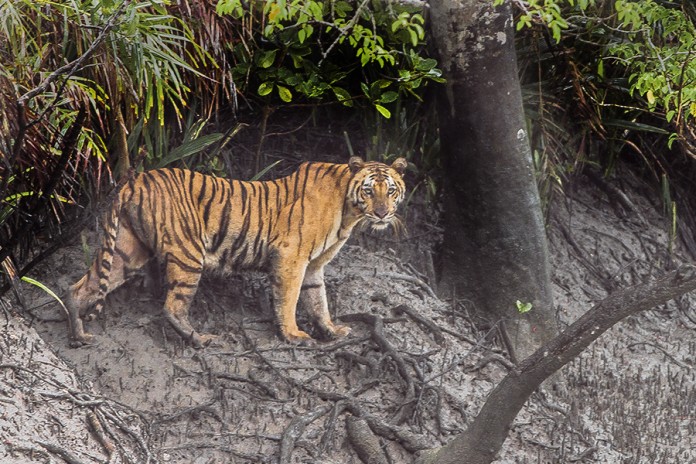
The UN is urging Bangladesh to halt plans to go ahead with a massive coal-fired power plant near an ecologically sensitive mangrove forest. Mangrove forests are integral for ecosystems and the many species living within them. They also helped protect many coastal communities from the devastating Boxing Day tsunami by acting as a buffer. Furthermore, it also holds one of the world’s last tiger populations.
Bangladesh’s proposed power plant, according to UNESCO, is a $1.8bn project that was approved back in 2012 as a joint venture between Indian and Bangladeshi power companies. The Rampal plant would be the largest coal plant in the country, but is just 65 kilometers away from the Sundarbans, an area comprising of 200 small islands at the Bay of Bengal. The Sundarbarns is teeming with exotic and endangered wildlife, including tigers, river dolphins and unique flora. The mangrove plants are an integral form of protection against tsunamis, cyclones and storms for both Bangladesh, India and small island communities.
According to UNESCO, the plant poses a “serious threat” to the Sundarbans, which is listed as a UNESCO world heritage site. Bangladesh has said the concerns are misplaced and that that 1.3-gigawatt Rampal plant is essential given only 6 in 10 Bangladeshis currently have access to electricity.
Nasrul Hamid, the Junior Power Minister said, “They have prepared the report from their own point of view. Our concerns have not been included.”
Aside from wildlife, the Sundarbans is also home to 13 million Bangladeshis and Indians. Most of these people, already impoverished, do not rely upon electricity and would therefore not benefit from the plant despite being possibly rehomed or affected by it. Bangladesh responded to UNESCO saying it would continue with its plans using the latest technological developments and would adhere to international guidelines to minimise or remove any risk to the region.






































